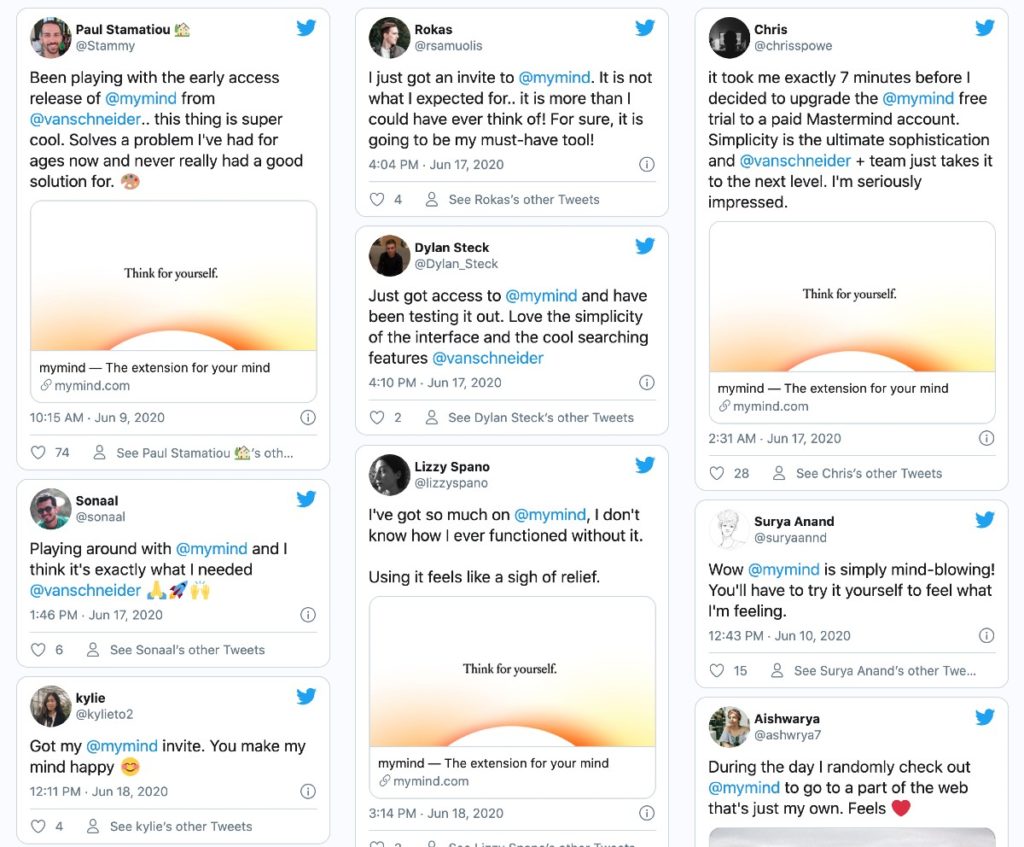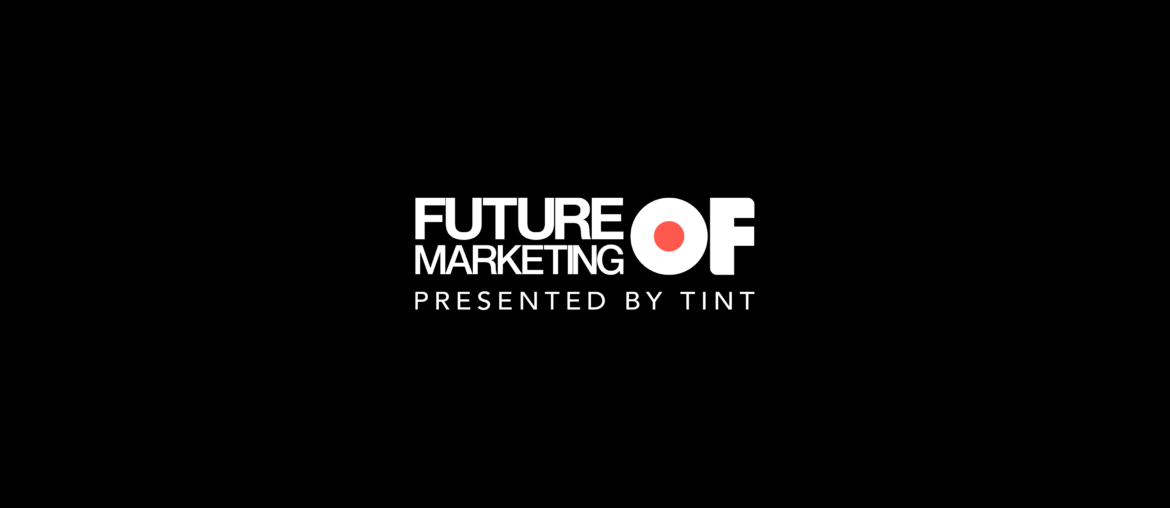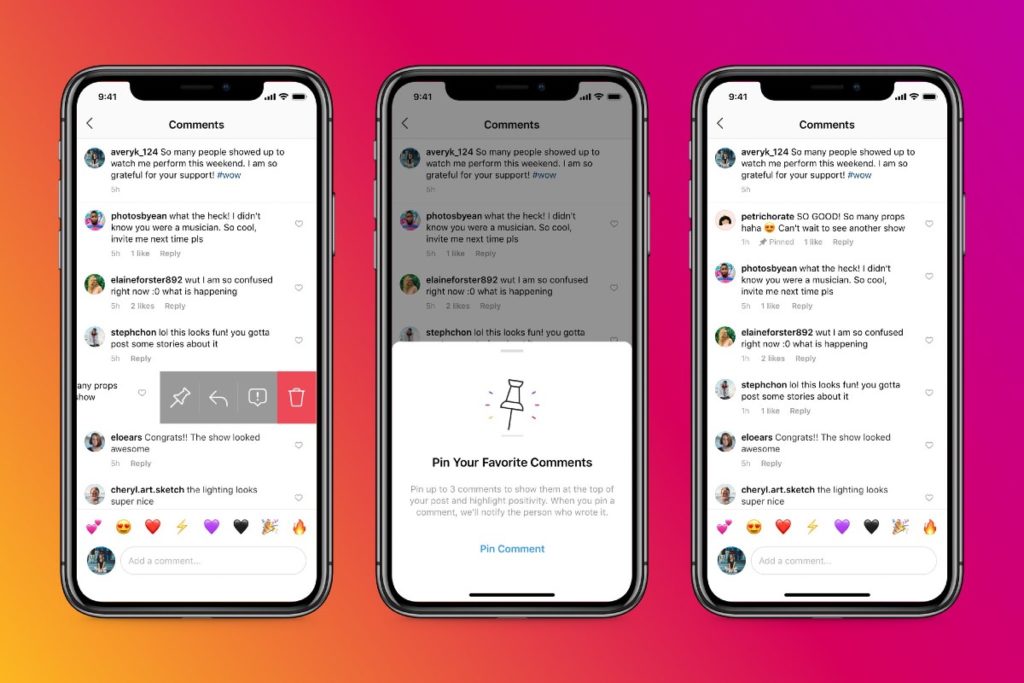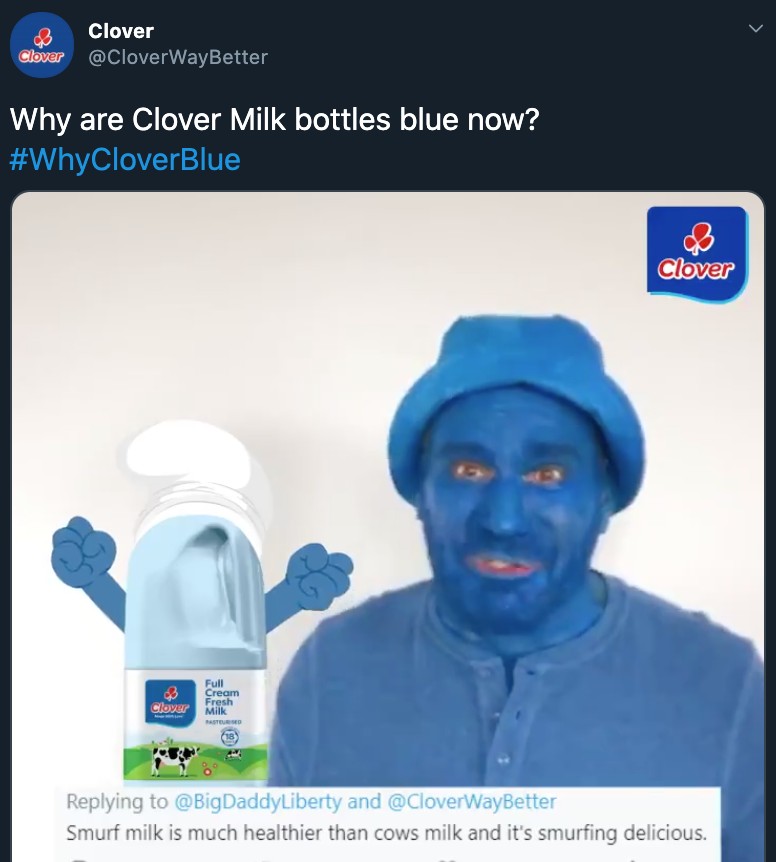This content originally appeared July 16, 2020 as part of the Future of Marketing weekly email series. Subscribe here.
Personalization was voted Marketing Word of the Year by Advertising National Association in 2019 – defining the term as “the ability to speak directly to the consumer or shopper with the right message, at the right time, in the right medium.”
The challenge with personalization is consumers either feel underwhelmed by marketing efforts to personalize the brand journey, or feel more personalization does not necessarily improve the brand experience and can sometimes feel overwhelming. As consumers become increasingly aware of common advertising tactics, marketers have a unique opportunity to push more useful and relatable content within native ads with user-generated content.
Social media experiments
According to eMarketer, the top 10 U.S. eCommerce players will grow their share of the market to 60.1% in 2020. Now Instagram is testing its shoppable section on the app’s navigation bar, allowing users to shop from top brands and creators in a single tap. Instagram also launched pinned comments to amplify select comments – a chance for brands to drive more productive conversations, pin frequently asked questions and testimonials, and repurpose this content within ad campaigns.
It seems Instagram is positioning itself to become a one-stop social commerce destination, as Twitter quietly experiments with a paid subscription model to encourage prominent users to share more content and build sustainable communities online.
To avoid the effects of a potential ban, TikTok content creators are diversifying their digital presence by repurposing content within other platforms. As a result, Byte (an iteration of Vine) was downloaded 622,000 times in a single day. TikTok is also facing competition from Instagram ‘Reels’ in India and YouTube’s latest short-form video experiment.
Video user-generated content, social commerce, and exclusivity will surge as content becomes more strategically distributed across digital platforms. Understanding these trends and how social media platforms are transforming will help you think ahead, and make more agile and strategic decisions.
Advertising with less
An ad released by McDonald’s in the U.K., ‘Helping Keep Customers and Employees Safe,’ was named Ad of the Month by data company, YouGov. The ad, which features behind-the-scenes content of employees practicing social distancing, reportedly increased the brand’s Word-of-Mouth Exposure score by nearly ten percentage points within one month.
Meanwhile, Burger King claims to be the first major brand to use Twitch’s donations feature for advertising. The self-proclaimed ‘King of Stream’ cleverly garnered low-cost publicity by turning user-generated content into an advertisement that highlights streamers’ reactions to the activation.
Apple released a comical work-from-home 7-minute video, featuring a group of colleagues working through a stressful deadline while overcoming relatable WFH challenges, including pet interruptions and issues with video chat. What makes this ad successful is Apple tied in its apps and features without making it feel like an ad. David Griner, AdWeek Journalist, shares, “most people only take the time to learn about product features when they really, urgently need to use them (or when someone else points out they exist).”
When it comes to advertising, user- and employee-generated content can do a lot of the heavy lifting for you, allowing brands to create more relatable content with tighter budgets. Our takeaway? Identify what your customers’ most pressing needs are and the platforms they are most active on – and let your fans do the talking for you.
In other news…
• The NBA Bubble is here and branded UGC content is already a thing.
• Washington – formerly known as – RedSkins officially retired its name and logo, presenting opportunities to welcome ‘fan co-creation’ to its rebrand (and reinvigorate trust).
• Twitter released its ‘Conversation Report: Sports are back‘ – and #NBATwitter is reportedly one of the most engaged communities anywhere.
• JanSport doubled-down on mental health with #LightenTheLoad by offering, where people joined Instagram Live conversations with therapists and mental health influencers.
• Clover launched a controversial campaign, #WhyCloverBlue, that circulated social media – asking people to share why they think Clover changed its milk packaging from white to blue for a chance to win prizes. Clover then repurposed responses within an uncanny video featuring a high-pitched blue man.
#Brandcrush: mymind
Each week in #brandcrush we highlight exceptional brands channeling their customers’ voice to connect more authentically with their audience.
Every marketer should keep a swipe file with inspiration and best practices for copywriting, sales, and campaign strategies – and mymind can do exactly that.
German designer, Van Schneider, built hype around this secret project – following with a soft, invite-only beta launch. The new platform offers a combination of AI-powered visual search with a personal Pinterest-like experience, sharing “every time you find something you want to remember, you just save it to mymind.”
Select users tweeted their positive experiences with the exclusive platform, which were repurposed as testimonials on the website’s homepage.

From the moment you find mymind on Twitter to the moment you read its manifesto, every brand touchpoint exemplifies the power of synergizing visual storytelling with experience design to communicate more with less. And that’s before you even access the actual platform itself, which is also impressive (and welcomes user feedback).
Simplicity is one of the most challenging but effective communication tactics to achieve, as it can either feel more underwhelming or overwhelming than desired. And MyMind demonstrates that a thoughtfully-designed brand journey can go a long way to catalyze trust and word-of-mouth.



